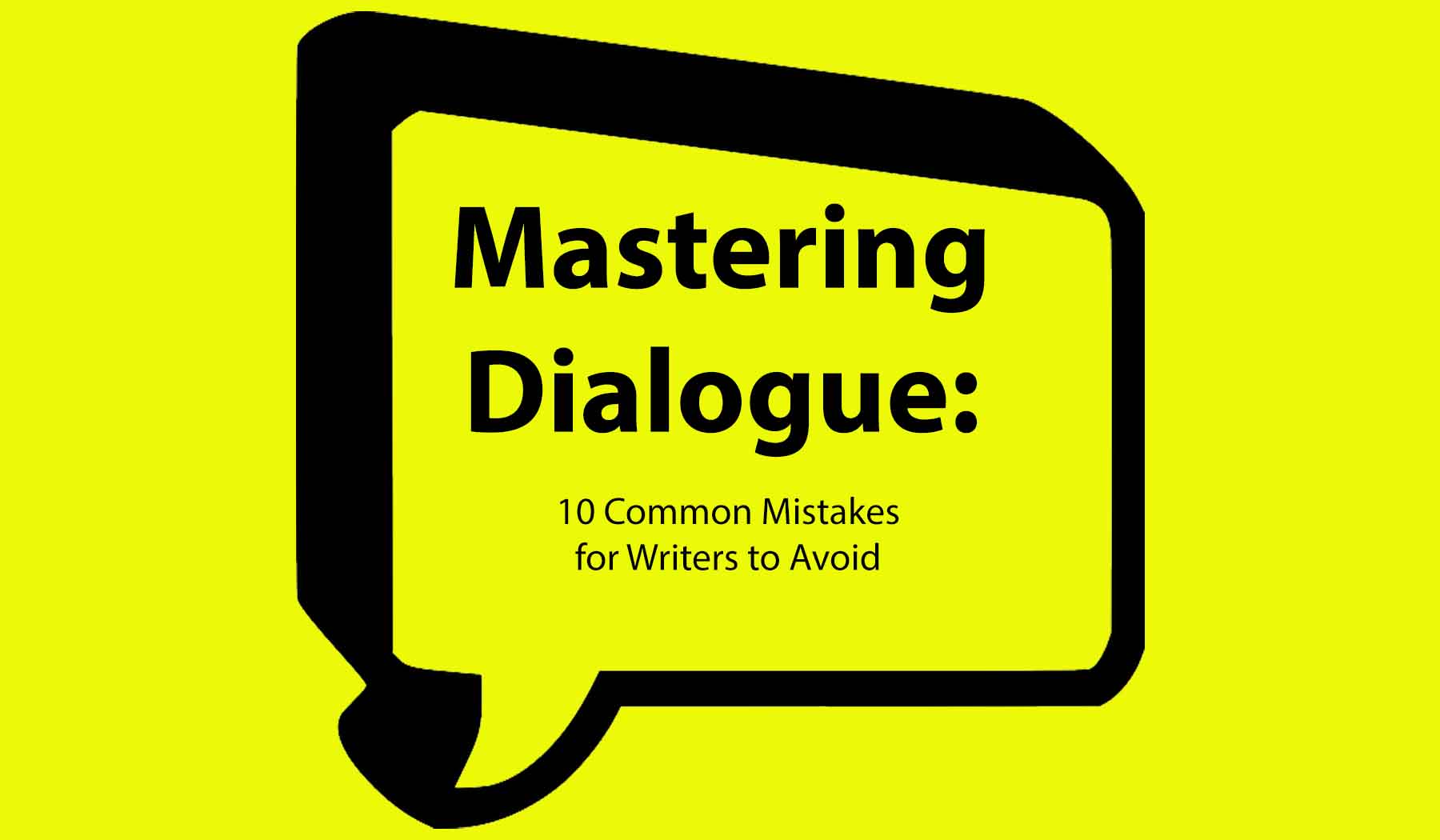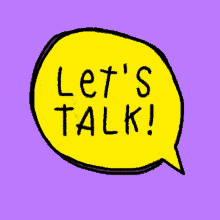Writing effective dialogue is an essential skill for any writer.
It breathes life into your characters, drives the plot forward, and engages readers on a deeper level.
However, even the most seasoned writers can fall into common dialogue pitfalls that can weaken the impact of their work.
Let’s explore 10 dialogue mistakes that writers should be aware of and avoid at all costs.
1. Lack of Authenticity
Authentic dialogue is crucial for creating believable characters.
Avoid these mistakes to ensure your dialogue rings true:
- Avoid clichés: Characters should speak in a natural, unique voice, not rely on overused phrases.
- Steer clear of exposition: Dialogue should reveal information organically, without sounding forced or unnatural.
- Use contractions: People rarely speak in a formal manner, so incorporate contractions to add authenticity to your dialogue.
2. Lack of Variety
Dialogue that lacks variety can quickly become monotonous and boring.
Keep your readers engaged by avoiding these mistakes:
- Avoid repetition: Don’t let your characters repeat the same information or ideas excessively.
- Vary sentence length and structure: Mix up your dialogue with short, snappy exchanges and longer, more introspective monologues.
- Include pauses and interruptions: Real conversations have breaks, interruptions, and changes in rhythm. Incorporate these elements to make your dialogue feel natural.
3. Overusing Dialogue Tags
While dialogue tags like “said” and “asked” have their place, relying on them too heavily can be distracting and repetitive.
Consider these alternatives:
- Show instead of telling: Use action beats and body language to attribute dialogue, which can enhance the scene and provide context.
- Use descriptive dialogue tags sparingly: Instead of relying on generic tags, choose specific ones that convey the character’s tone or emotion.
4. Lack of Subtext
Subtext adds depth and complexity to dialogue, allowing readers to infer underlying meanings.
Avoid these mistakes to make your dialogue more compelling:
- Avoid on-the-nose dialogue: Characters should not explicitly state their thoughts or feelings. Instead, convey subtext through subtle hints and indirect speech.
- Utilize subtextual conflicts: Explore the underlying tensions and conflicts between characters, even when they’re not explicitly addressing them.
5. Unnatural Exposition
Exposition is necessary to provide background information, but it can easily become clunky and disrupt the flow of dialogue.
Keep these tips in mind:
- Integrate exposition organically: Avoid “info-dumping” by revealing information gradually and naturally through character interactions.
- Use dialogue to reveal character traits: Instead of outright telling the reader about a character’s personality or backstory, let it unfold through their words and interactions.
6. Lack of Rhythm and Flow
Dialogue should have a rhythm and flow that mirrors real conversations.
Avoid these mistakes to maintain a natural cadence:
- Eliminate unnecessary small talk: While small talk has its place, too much of it can slow down the pacing. Focus on dialogue that advances the story or reveals character dynamics.
- Trim excessive dialogue: Long, rambling conversations can lose readers’ interest. Edit your dialogue to make it concise and purposeful.
7. Overusing Dialects and Accents
While dialects and accents can add flavor to a character’s speech, overusing them can be distracting and hard to read.
Keep these guidelines in mind:
- Use dialect sparingly: Indicate dialect through word choice and occasional phonetic spelling, rather than attempting to reproduce every accent or dialect phonetically.
- Ensure readability: Make sure your dialogue remains clear and easy to understand, even when using dialects or accents. Strike a balance between authenticity and readability.
8. Lack of Pacing and Tension
Dialogue is an excellent tool for creating tension and maintaining pacing within your narrative.
Avoid these mistakes to keep your readers engaged:
- Introduce conflict: Engaging dialogue often involves characters with opposing goals or conflicting perspectives. Use dialogue to highlight these tensions and create compelling interactions.
- Include subplots and hidden agendas: Dialogue can be a powerful tool for unveiling subplots or hidden motives. Use it to reveal underlying layers of your story and keep readers intrigued.
9. Unrealistic Speech Patterns
Each character should have a distinct speech pattern that reflects their personality, background, and education level.
Avoid these pitfalls:
- Avoid using overly formal or overly casual language: Strike a balance that aligns with the character’s traits and background.
- Consider education and occupation: Characters with different levels of education or from different professions will speak differently. Reflect these distinctions in their dialogue.
10. Lack of Readability
Lastly, readability is essential for keeping readers engaged and immersed in your story.
Avoid these mistakes to ensure your dialogue is easily digestible:
- Use clear and concise language: Avoid convoluted sentences, jargon, or excessive use of technical terms that may confuse or alienate readers.
- Break up long sections of dialogue: Use action, description, or internal thoughts to break up lengthy dialogue sections and provide visual relief.
By being mindful of these 10 dialogue mistakes, writers can enhance the impact of their storytelling and create dialogue that captivates readers.
Remember, authentic dialogue, variety, subtext, and pacing are key elements in crafting compelling conversations.
With practice and attention to detail, you can master the art of writing engaging dialogue that propels your narrative forward and leaves a lasting impression on your readers.








